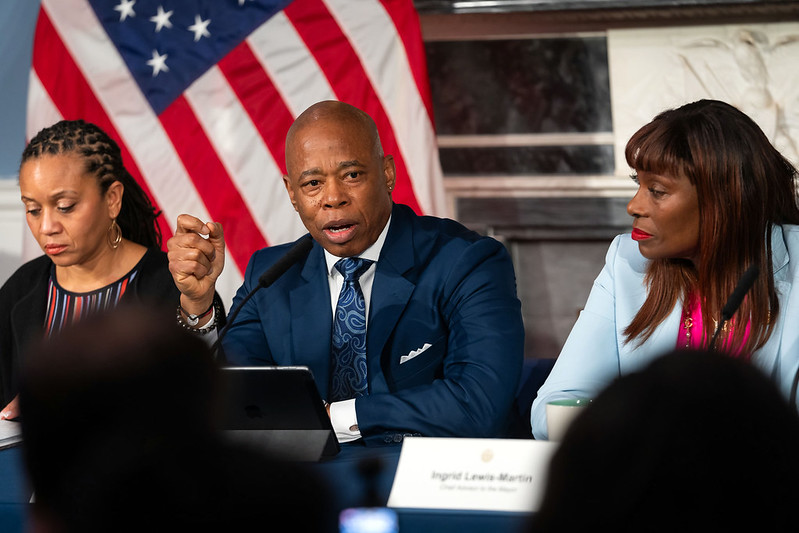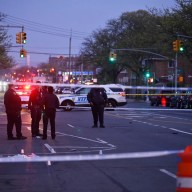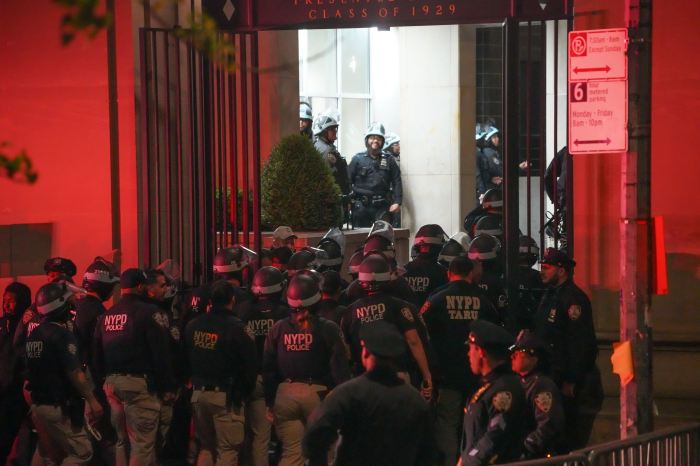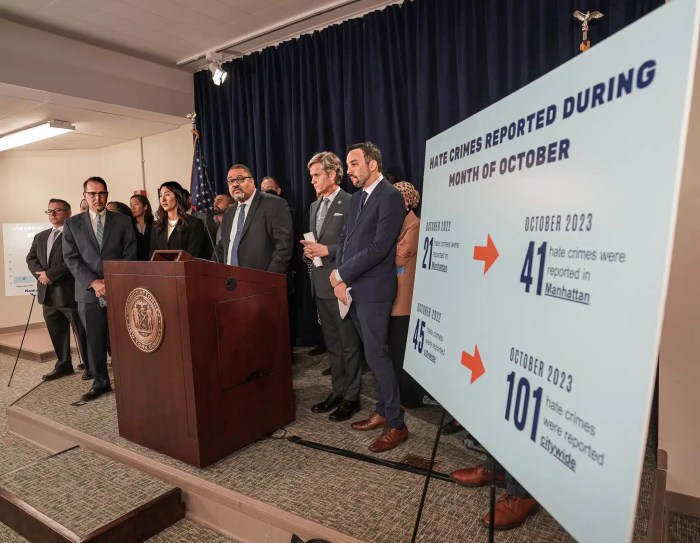By Larry Penner
A recent tour of the long-abandoned Rockaway Long Island Rail Road branch by Assemblyman Phil Goldfeder and DOT Commissioner Polly Trottenberg was a great photo op, but little else.
Goldfeder should have had his mentor, Sen. Charles Schumer, along with MTA Chairman Tom Prendergast, LIRR President Thomas Nowakowski, Gov. Andrew Cuomo and Mayor Bill de Blasio as well. The cost was estimated to be only $200 million and grew to $600 million last year before reaching $1 billion today. Goldfeder needs all five to find $1 billion. The MTA has to come up with a minimum of $500 million.
These dollars are needed to leverage $500 million more in potential federal New Starts funding under any United States Department of Transportation Full Funding Grant Agreement necessary for financing the full project cost. De Blasio and his hand-picked Commissioner Trottenberg have already committed to the Woodhaven Blvd Select Bus Service alternative. This needs $100 million from the same federal funding pot.
After years of advocacy for this project, Goldfeder has been unable to obtain any city, state, MTA, federal or private commitment for several hundred thousand dollars. This would pay for conducting yet another feasibility study. If he can’t find some loose change for a simple planning study, clearly the odds of finding $1 billion for actual construction are slim to none. As such, don’t make any plans to wait for a train to arrive at any new station along the old Rockaway Beach LIRR branch any time soon. This ran from Rego Park to Ozone Park and further south to the Rockaways until 1962.
History has shown that construction of any major new transportation system expansion project has taken decades to complete. Between the time of all the feasibility studies, environmental reviews, planning, identifying and securing funding, budgeting, design, engineering, real estate acquisition, permits, procurements, construction and opening-day service can take more than a generation.
Virtually all of these issues would also apply to reopening the old LIRR Rockaway Beach branch line. And don’t forget the logistical and operational issues of running any LIRR service parallel to the existing subway line to the Rockaways. Construction through the Jamaica Bay wetlands will also provide challenges.
There are local community divisions along this route between those wanting to convert this corridor to a permanent park with hiking trails versus restoration of LIRR service. Most recently, some want to convert a significant portion of this corridor to buses only.
Will existing bus and subway commuters want to pay the higher fares charged by the LIRR? Riders would still have to pay twice when transferring from the LIRR to the subway at Atlantic Avenue, Woodside, Penn or Grand Central stations. Current fares are $31 for a weekly or $116.50 for a monthly.
LIRR service to the Rockaways would at a minimum be considered Zone 3 just like other Queens neighborhoods. Current fares for Zone 3 riders are $218 for a monthly or $69.75 for a weekly pass. How much will these fares would be years later when passenger revenue service is finally introduced?
Any additional new LIRR service to Penn Station, which would include restoration of the old Rockaway branch, has other issues to contend with. There is little room to run additional trains into or out of Penn Station during either a.m. or p.m. rush hours.
Three of four tunnels running inbound a.m. and outbound p.m. rush hours have very tight spacing between trains. Penn Station is currently operating at 100 percent capacity during both a.m. and p.m. rush hours. Nothing will change until LIRR Eastside Access to Grand Central Terminal is open for revenue service. The anticipated revenue service date has slipped on numerous occasions from originally 2011. The MTA “party line” claim (based upon the most recent project recovery schedule which has also changed numerous times during the life of the project) calls for a December 2022 opening day. Based upon previous history of delays and recovery schedules, don’t be surprised if first day of revenue service occurs in 2023, 2024 or later.
But both Amtrak and Metro North Rail Road have their eyes on any potential new capacity which might become available at Penn Station to use for their own respective services. Ditto for residents on the other nine existing LIRR branches.
At the end of the day, introduction of limited stop bus routes from two-fare zones to the nearest subway station, expansion of express bus service into Manhattan, creation of either Select Bus Service (SBS), Bus Rapid Transit (BRT), buses only on abandoned rail right-of-way, subsidies to support ferry service or reopening the old Woodhaven Station on the Atlantic Avenue LIRR branch may be better bets for residents looking for new transportation options that have a realistic chance to reach service in our life time.
All have already been proven successful. Any could be implemented far faster than any restoration of old LIRR branch services.
Larry Penner
Great Neck































